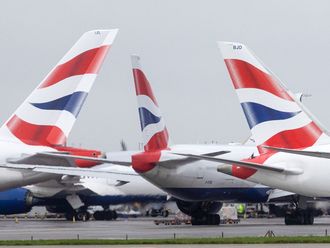London: Britain's Health Protection Agency says an early genetic sequence of the new respiratory virus related to severe acute respiratory syndrome (SARS) shows it is most closely related to bat viruses.
Global health officials say they haven't found evidence the virus can spread between people and suspect the two victims from the Middle East may have caught it from animals.
So far, there are no signs the virus will be as deadly as SARS, or severe acute respiratory syndrome, which killed hundreds of people, mostly in Asia, in a 2003 global outbreak
Experts say camels, sheep or goats - animals commonly found in the region — may be implicated too.
Bats also harbor other deadly viruses, like Ebola and SARS, which usually infect other animals including monkeys and civet cats before jumping to humans.
Alert in Asia
In the Philippines on Tuesday, the health department ordered authorities to revive machines monitoting temperature of people who arrive at air and sea ports in the country following an alarm over a new strain of virus called coronavirus that causes SARS.
“A team from the Bureau of Quarantine is also on alert for any possible illnesses that may be carried by (Filipino) citizens or tourists who come to the country,” said Abigail Valte, deputy presidential spokesperson.
The World Health Organization (WHO), however, has not advised special screening of temperature of people arriving at air and seaports as a measure to contain the spread of coronavirus.
WHO has also not recommended countries to issue travel advisories or trade restrictions on places where two cases of people with coronavirus came from.
A 49-year-old man confirmed to have coronavirus was transferred to a London hospital by air ambulance from Qatar. A patient in Saudi Arabia with coronavirus had died three months ago.
It was the first time that a particular strain of coronavirus was identified in the UK, and the second time in the world. Both infection cases occurred in the Middle East, experts said, adding the coronavirus found in UK’s case was genetically the same as the one found in a laboratory in Saudi Arabia (three months ago), the genetic material of which was sequenced in a laboratory in the Netherland.
With inputs from Barbara Mae Dacanay, Bureau Chief, and agencies











